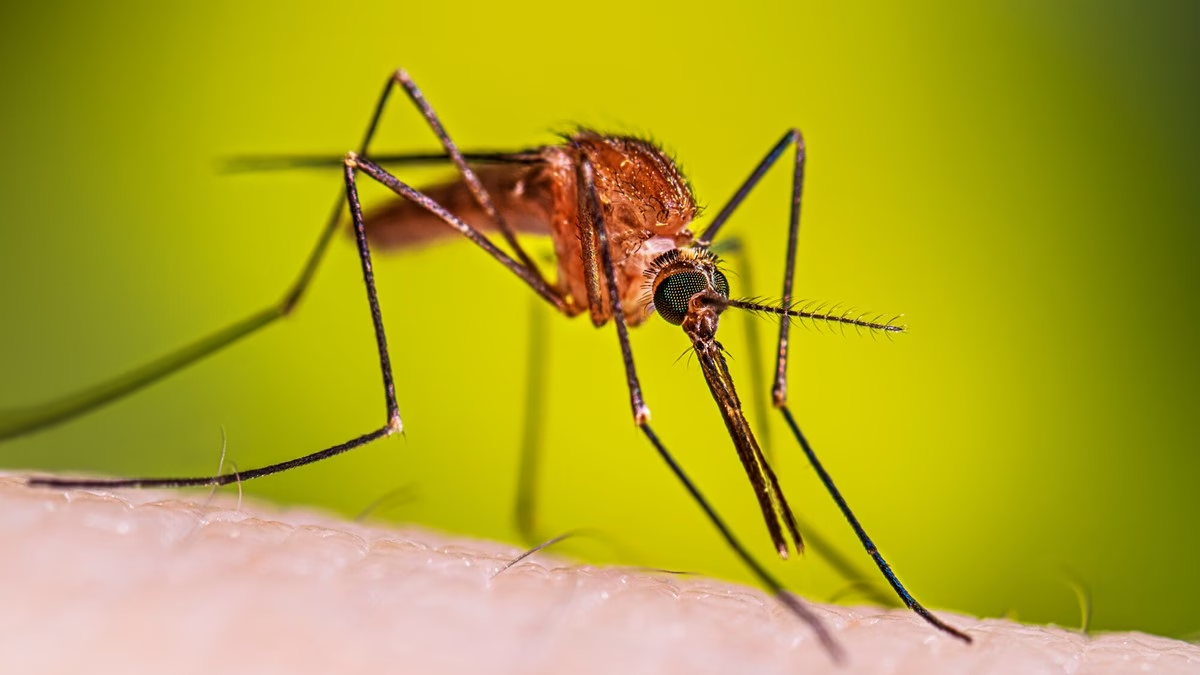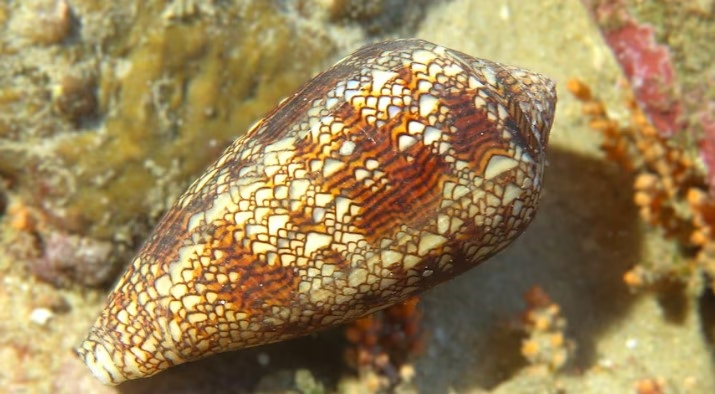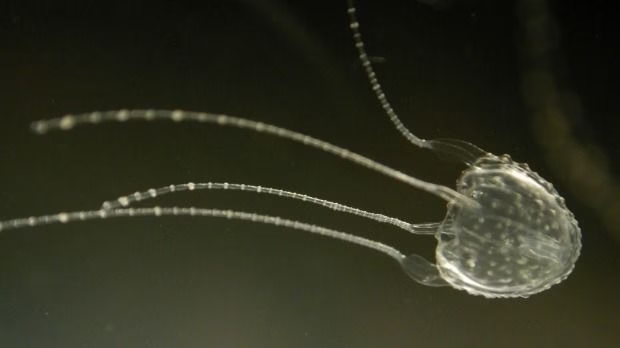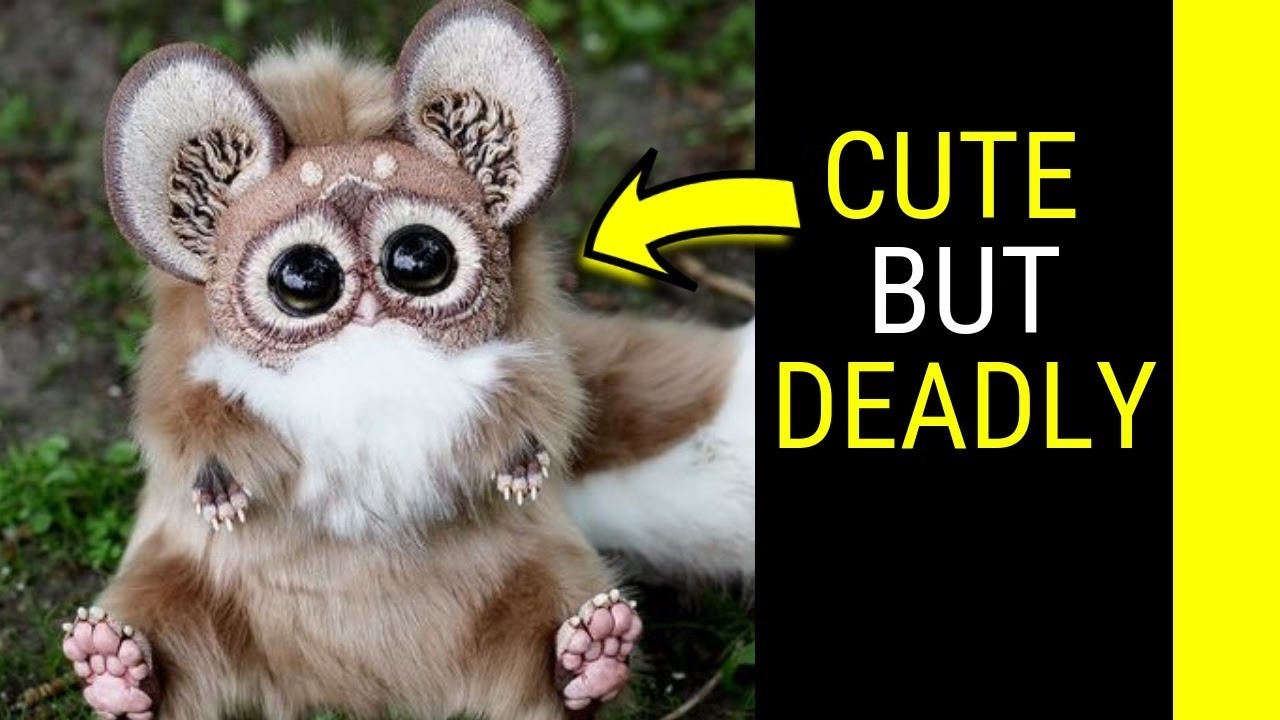Top 10 Small But Deadly Animals
Introduction
When we think of deadly animals, we often imagine massive predators like lions, sharks, or crocodiles. However, some of the most dangerous creatures on Earth are surprisingly small, often fitting in the palm of your hand or even smaller. These tiny killers may look harmless—or even beautiful—but many possess potent venom, deadly toxins, or the ability to spread life-threatening diseases.
Their small size often allows them to go unnoticed, making them even more dangerous to humans who might accidentally come into contact with them. From tropical jungles to ocean depths and even your own backyard, these creatures prove that size isn’t everything when it comes to lethality. In this list, we explore the top 10 small but deadly animals whose size belies the serious threats they pose. Whether it’s through venom, sting, or bite, these miniature menaces demand respect and caution.
Mosquito

Despite its tiny size, the mosquito is considered the deadliest deadly animals on Earth. It doesn’t kill through direct attack, but by transmitting fatal diseases like malaria, dengue fever, Zika virus, and yellow fever. Each year, millions of people suffer from mosquito-borne illnesses, with hundreds of thousands of deaths, particularly in tropical and subtropical regions. Their ability to go unnoticed makes them especially dangerous, turning a small bite into a life-threatening encounter.
Box Jellyfish – Transparent but Lethal
The box jellyfish may look delicate and almost invisible in water, but its venom is among the most powerful in the deadly animals kingdom. Found mostly in the waters of the Indo-Pacific, its tentacles contain toxins that can cause heart failure, paralysis, and even death within minutes. Often hard to spot due to its transparent body, it poses a serious risk to swimmers, making it one of the ocean’s most dangerous creatures.
Poison Dart Frog
Native to Central and South America, the poison dart frog is a vivid and colorful amphibian whose bright appearance serves as a warning to predators. Despite measuring only about two inches long, its skin secretes a potent toxin called batrachotoxin. Indigenous tribes have long used this toxin to coat the tips of their blow darts for hunting. Just a small amount of the frog’s poison can be fatal, making it one of the most toxic deadly animals on Earth.
Blue-Ringed Octopus
The blue-ringed octopus is a small, golf ball-sized sea creature found in tide pools and coral reefs across the Pacific and Indian Oceans. Despite its beautiful, glowing blue rings, it carries enough venom to kill multiple adult humans. Its bite is painless but delivers a neurotoxin called tetrodotoxin, which can cause muscle paralysis and respiratory failure. With no known antivenom, even a single encounter can quickly turn fatal if not treated immediately.
Cone Snail

At first glance, the cone snail looks like a harmless, beautifully patterned sea shell. However, this slow-moving marine mollusk hides a deadly weapon: a harpoon-like tooth that injects a powerful venom. Found in warm coastal waters, especially in the Indo-Pacific region, its sting can cause serious symptoms such as paralysis, respiratory failure, and even death. There is no antivenom, and the venom’s effects can be swift, making this small creature a surprisingly dangerous ocean predator.
Stonefish
The stonefish is the most venomous fish in the world and an expert at camouflage, often blending in perfectly with rocky seabeds and coral. Swimmers who accidentally step on this seemingly lifeless “rock” may suffer from extreme pain, swelling, tissue death, and even heart failure due to its sharp dorsal spines loaded with venom. Found mostly in coastal regions of the Indo-Pacific, this well-hidden predator can deliver a potentially fatal sting in an instant.
Bullet Ant
Named for the excruciating pain it delivers, the bullet ant is found in the rainforests of South America. Its sting is one of the most painful insect stings in the world, with pain described as feeling like being shot. Despite its small size, the venom from this ant can cause intense, lingering pain for up to 24 hours. While not typically deadly, the severity of its sting and its ability to cause significant discomfort make it a formidable insect in the deadly animals kingdom.
Pufferfish
Pufferfish, often considered a delicacy in Japan, is infamous for containing a potent toxin called tetrodotoxin, which is up to 1,200 times more toxic than cyanide. This toxin can cause paralysis, respiratory failure, and death, making the preparation of pufferfish a risky endeavor. Despite the dangers, skilled chefs prepare the fish in controlled environments, but accidents still occur. Its deadly nature, combined with its small size, makes it one of the most hazardous deadly animals found in the ocean.
Kissing Bug
The kissing bug, a small nocturnal insect, is notorious for transmitting Chagas disease, a potentially fatal illness caused by a parasite called Trypanosoma cruzi. Found primarily in Latin America, these bugs bite humans around the mouth or eyes, often while they sleep. Although the bite itself is usually painless, it can introduce the parasite into the bloodstream, leading to long-term health issues, including heart failure. The kissing bug’s quiet and sneaky nature makes it particularly dangerous, as the disease may go undiagnosed for years.
Irukandji Jellyfish

The Irukandji jellyfish is one of the smallest and most dangerous creatures in the world. Found in the waters off northern Australia, this jellyfish is less than an inch in size, yet its sting is incredibly venomous. Victims can experience intense pain, nausea, and, in severe cases, life-threatening complications such as heart failure. The venom from an Irukandji sting can cause “Irukandji syndrome,” a collection of symptoms that can take several days to subside, making this tiny creature a deadly threat to unsuspecting swimmers.
Conclusion
These small yet deadly animals remind us that danger often comes in unexpected forms. While their size may deceive us into thinking they are harmless, their ability to inflict harm through venom, toxins, or disease makes them some of the most lethal creatures on the planet. From the depths of the ocean to tropical rainforests and even our own backyards, these miniature menaces highlight the importance of respect and awareness in the natural world.
You Can Also Read: Top 10 Animals you should Never Hug
FAQS
Which animal is small but dangerous?
Pygmy slow loris
Tiny and adorable, the pygmy slow loris is one of the most dangerous deadly animals in the world. This primate, measuring about 37 centimeters, which can be found in Indonesia and the Malay Peninsula, produces toxins near its elbows which can cause severe allergic reactions.
What is the most cute but deadly animal?
The Slow Loris, with its big eyes and gentle demeanor, might seem like a cuddly companion. However, this nocturnal primate carries a toxic bite. Found in Southeast Asia, the Slow Loris secretes venom from a gland inside its elbow, which it can apply to its teeth.
What is the most murderous animal?
The meerkat was unmasked in a scientific study as the most homicidal of over 1,000 mammals. One-in-five will be violently dispatched by another meerkat, likely their own mother, sister or auntie, demonstrating how the female of the species really is more deadly than the male.
What is the most powerful animal?
The African bush elephant is widely considered the most powerful animal in terms of sheer strength, ability to lift heavy objects, and overall physical might. They can lift their own substantial weight, approximately 6,000 kg (13,230 pounds). Even their trunks can lift over 200 kg (440 pounds).
Who is the king of the jungle?
The lion is commonly referred to as the “King of the Jungle”. This title stems from the lion’s powerful presence, social structure, and ability to dominate its territory. While some might argue for other deadly animals, like the tiger, the lion’s strength, cooperative hunting strategies, and majestic mane contribute to its established reputation as the king.
